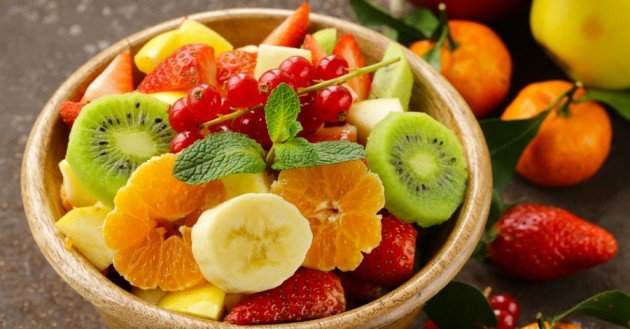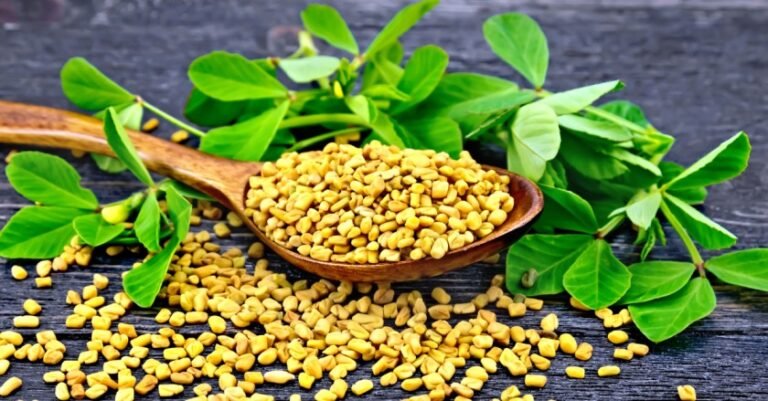The Science Behind Fruit Salad
Fruit salads are a delightful and refreshing summer treat, packed with vitamins, minerals, and natural sugars. However, have you ever wondered if there’s a right or wrong way to mix fruits in your salad?
Fruits come in an impressive array of shapes, sizes, and consistencies, and also display a huge diversity in biochemical/metabolite profiles, wherein lies their value as rich sources of food, nutrition, and pharmaceuticals.
Fruits can be broadly classified into acidic and basic fruits based on their pH levels. Acidic fruits have a lower pH, while basic fruits have a higher pH. Examples of acidic fruits include oranges, lemons, Amla (Indian Gooseberry), Mango, Pineapple, Pear, Apple, Berries, passion fruit, cherries, plums, Kokam and Jamun (Black Plum). Basic fruits include bananas, watermelon, avocado, ice apples, and dried fruits, like figs and raisins.
Ayurveda, an ancient holistic healing system from India, emphasizes the importance of balancing the three doshas: Vata, Pitta, and Kapha. These doshas are believed to control various bodily functions and maintain overall health. The Ayurvedic perspective on diet is that each food has a distinct combination of Rasa, Guna, Veerya, Vipaka, and Prabhava —and a corresponding effect on both the digestive system and the body as a whole.
Combining foods with radically different energetics can overwhelm the digestive fire (Agni) and can cause indigestion, fermentation, gas, bloating, and the creation of toxins. This is why proper food combining is so important.
Pitta Dosha Balance
Pitta is associated with fire and water elements and governs digestion, metabolism, and body temperature. Acidic and alkaline fruits have different effects on Pitta dosha. Acidic fruits, like lemons and limes, can slightly pacify Pitta due to their cooling nature. On the other hand, alkaline fruits, such as sweet fruits like mangoes and melons, can slightly aggravate Pitta due to their heating nature. Consuming these fruits separately helps maintain Pitta balance, ensuring efficient digestion and metabolism.
The scientific rationale behind consuming both acidic and alkaline fruits lies in maintaining the body’s overall acid-alkaline balance, known as pH balance. An optimal pH balance is essential for various physiological processes, including digestion, nutrient absorption, and waste elimination. Consuming a diverse range of fruits can provide the body with essential nutrients and help maintain this balance, which in turn can support the proper functioning of the digestive and metabolic systems, both of which are governed by Pitta dosha.
Agni
Agni is the digestive fire that breaks down food and assimilates nutrients. Consuming acidic and alkaline fruits separately can help strengthen Agni, as each fruit type is digested more efficiently in its respective optimal environment. This strengthening of Agni ensures better digestion and absorption of nutrients.
The reason behind this lies in the enzymes present in our saliva and stomach. Our saliva contains an enzyme called amylase, which breaks down carbohydrates. In contrast, our stomach produces hydrochloric acid and an enzyme called pepsin, which helps in breaking down proteins.
When acidic fruits are consumed, the hydrochloric acid in the stomach is activated, and the pH level decreases. This creates an environment that is not suitable for the proper functioning of amylase and pepsin, leading to potential digestive issues. On the other hand, consuming basic fruits with acidic fruits can neutralize the stomach’s hydrochloric acid, affecting the digestion process.
To avoid such complications, it is advisable to consume acidic and basic fruits separately. This ensures that the enzymes in our saliva and stomach function optimally, promoting better digestion and overall gut health.
Rasas and Viryas
Ayurveda classifies tastes (rasas) and energy (viryas) in foods. The concept of “rasa” in Ayurveda refers to the six basic tastes that our tongue can perceive: sweet, sour, salty, bitter, pungent, and astringent. In this context, acidic fruits correspond to a sour taste, while alkaline fruits may have a mildly sweet taste.
Sour, bitter, and pungent taste can stimulate the production of digestive enzymes and stomach acid, aiding in digestion. However, when combined with alkaline foods, the acidic fruits may be buffered, reducing their digestive benefits.
Separating acidic and alkaline fruits allows for better absorption of nutrients. Acidic fruits contain vitamin C and certain minerals that are better absorbed in an acidic environment. Conversely, alkaline fruits are rich in potassium, magnesium, and calcium, which are better absorbed in an alkaline environment.
Seasonal Considerations

Ayurveda also considers the seasonal suitability of fruits. During summer, alkaline fruits with cooling properties can help balance Pitta dosha, while acidic fruits can be consumed in moderate amounts. In winter, both acidic and alkaline fruits can be consumed, but in balance with seasonal needs.
Gut Health: Separating acidic and alkaline fruits can promote a healthier gut microbiome. Some gut bacteria thrive in acidic environments, while others prefer alkaline conditions. Consuming these fruits separately ensures that both types of bacteria have an optimal environment to flourish.
Conclusion:
According to Ayurveda, consuming acidic and alkaline fruits separately can help maintain dosha balance, strengthen Agni, promote a balanced intake of tastes, and ensure seasonal suitability. This practice supports overall well-being and optimal digestion.








